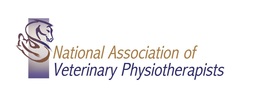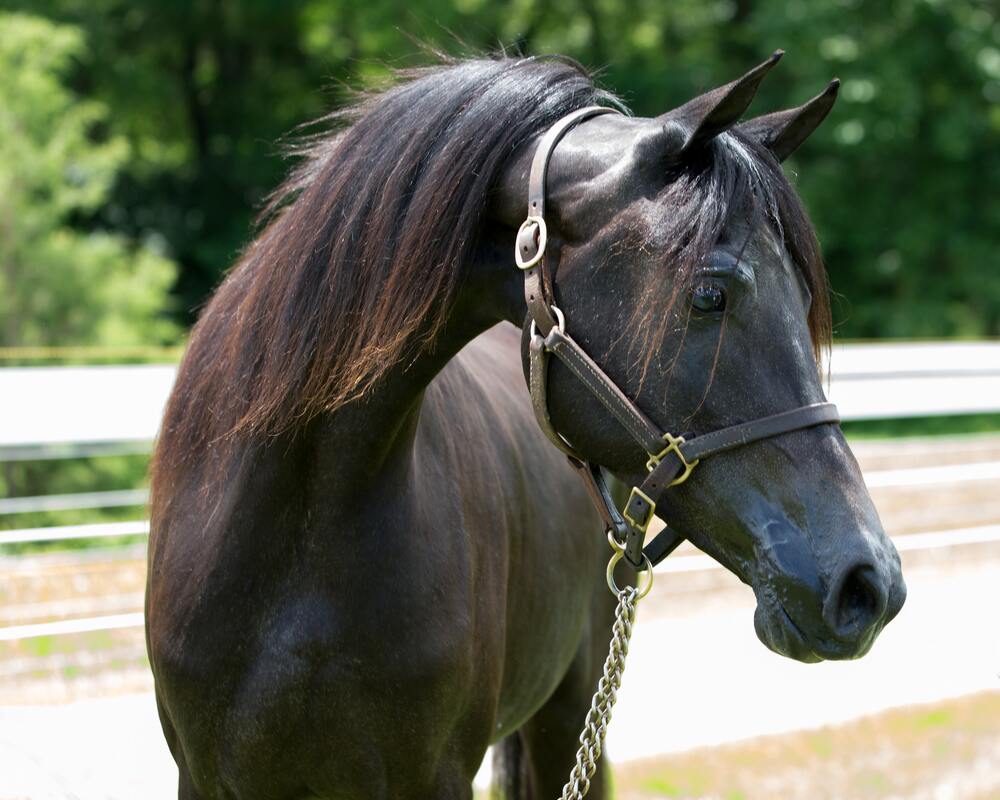|
For animal owners
Dorsal Spinous Process Impingement (DSPI), also referred to as Kissing Spine Syndrome, is a condition that is unfortunately common in the equine world. It involves the horse’s vertebrae rubbing together, causing a lot of pain, swelling, and discomfort. Here, we are providing a more detailed overview of Kissing Spine Syndrome in horses.
What are the symptoms of Kissing Spines? Kissing Spine Syndrome is often a cause of poor performance or abnormality in a horse’s gait. Unfortunately, the condition is often not detected until a significant impact on performance is spotted which is not ideal when trying to treat the condition and there is still a lot left to learn about the condition. The condition can affect any horse whether it competes at a high level or is a general all-rounder. It can also be seen in ponies. Kissing spines can be caused by direct trauma to the back – such as rearing over backwards or a heavy fall onto one side. Poor saddle fit, foot pain and poor rider ability can all lead to a compromised posture which in turn may cause inflammation and pain in the back. Importantly there are often other problems going on which begin to cause the poor spinal posture which leads to Kissing Spines ie. hindlimb and pelvic issues or cervical muscle and joint pain. Kissing spines is rarely a stand-alone condition and your vet and veterinary physiotherapist will take a thorough case history and detailed assessment in order to tailor any rehabilitation programme to the individual horses needs. In addition to gait issues and an overall decline in performance, kissing spines can be accompanied by some of the following symptoms:
Diagnosis Once these symptoms have been identified, further examinations and observations will have to take place to receive an accurate diagnosis. There have been recent advances in this area that allows imaging procedures like ultrasounds and radiographs to allow strong visualisation of the bone structure and can help identify lesions that previously were difficult or impossible to see. Nuclear scintigraphy (bone scans) and a thorough manual assessment can also be used to reveal the extent of the damage caused by this condition to the soft tissues. Different Grades There are different grades of severity when it comes to kissing spine syndrome which can usually be identified through radiographs.
As with most conditions, there is not a one size fits all option when it comes to the treatment of kissing spine syndrome. It is important for horse owners to understand that the condition is not felt equally among all horses. Some horses with lesions may suffer from extreme pain which can severely impact their performance, whilst other horses may be able to tolerate the lesions and you may not see much difference in their performance or ability. Each horse is different, and the approach to treatment will also be different depending on the nature of the horse as well as the grade and severity of the lesions. Corticosteroid injections are sometimes administered around the lesions. This is often combined with a course of physiotherapy as well as periods of rest. After the rehabilitation period, the horse will be reassessed to see how its performance is. Acupuncture, mesotherapy, physiotherapy, and shockwave therapy have also been used and, in some cases, been proven to be successful treatments for the condition. Surgery For many horses, the best treatment option is surgery. The procedure usually involves an incision at the top of the spinal processes and a couple of inches of bone is removed. The space left after the bone removal will be filled with fibrous tissue over time. It is important to note that the surgery route and success will depend on the rehabilitation and recovery programme put in place, tailored to that horse. If you notice that your horse appears to be in pain, or has a violent response to saddling, brushing, or mounting, or if your horse seems to be struggling with exercises or movement, it is important you contact an equine specialist. Whilst the condition may be due to something else, the most common cause of back pain in horses is kissing spine syndrome and, if your horse does indeed have it, your equine vet and veterinary physiotherapist will be able to assess the severity of the condition and will be able to put a comprehensive treatment plan in place.
0 Comments
Your comment will be posted after it is approved.
Leave a Reply. |
AuthorNAVP Archives
June 2024
Categories
All
|
The Association |
Services |
|


 RSS Feed
RSS Feed